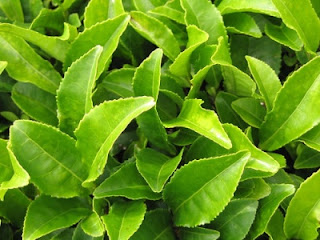Here are some of my recent additions to Math Mammoth Youtube channel . - videos about decimal arithmetic. Add and subtract decimals I explain the main principle in adding or subtracting decimals: we can add or subtract "as if" there was no decimal point IF the decimals have the same kind of parts--either tenths, hundredths, or thousandths. Many students have a misconception of thinking of the "part" after the decimal point as "plain numbers." Such students will calculate 0.7 + 0.05 = 0.12, which is wrong, and I explain why in the video. Multiply decimals by whole numbers I explain how to multiply decimals by whole numbers: think of your decimal as so many "tenths", "hundredths", or "thousandths", and simply multiply as if there was no decimal point. Compare to multiplying so many "apples". For example, 5 x 0.06 is five copies of six "hundredths". Multiply 5 x 6 = 30. The answer has to be 30 hun

